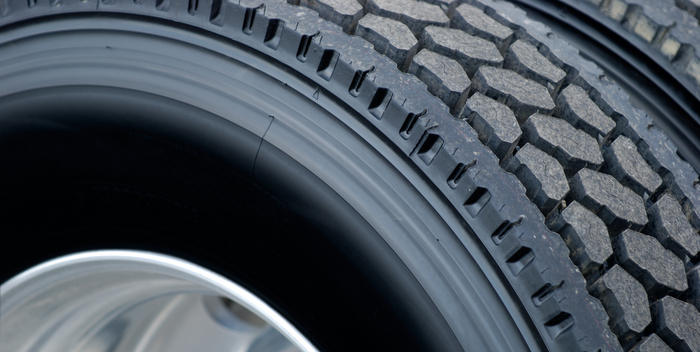There’s lots of talk about coming changes in high-speed linehaul driveline technology. The new trend, referred to as “downspeeding,” follows the “gear fast/run slow” technology and later iterations of increasingly sophisticated engine fuel management and gearing systems.
In the quest for fuel economy, technology allows heavy-duty highway engines to generate high levels of torque at reduced engine speeds. Somewhat ironically, these lower crankshaft speeds and reduced piston travel have necessitated strengthening engine blocks and other major internal engine and transmission components due to higher harmonic stresses, greater variations in connecting rod loadings and other issues comparable to what, in past years, would have been considered as “lugging” the engine.
Some of the more common driveline changes needed to accommodate the higher torque loadings include stronger driveshafts, universal joints, more robust ring and pinion gears, and upgraded clutches. Some fleets have also found it necessary to revise driver training to avoid wheelspin on low coefficient surfaces, request towing assistance rather than “rocking” the truck to get unstuck and to engage the clutch/driveline more gently in all acceleration conditions. Since there is less difference in engine speeds among starting, accelerating and cruising conditions, higher torque output is available more often throughout road speed differences. This is where tire considerations become relevant.
Tire engineers generally agree on three factors that cause tires to age.
First, there is chemical degradation of the structure over long term use (or even storage) due to the fact that typical modern truck radials have as many as 40-plus individual components and as many as 14 different rubber and steel components.
Secondly, tire casings fatigue over their life as the tire cycles and deforms through heavy footprint loading when the tread flattens against road surfaces.
Thirdly, the tire casing is stressed by transferring high torque loads from the metal rim seat through the flexible sidewalls to the tread and, ultimately, to the road surface.
Drive tire tread wear and casing durability are affected by the amount of torque the tires transfer to the road surface to accelerate, brake and corner the vehicle. For this reason, some savvy fleet managers retread first worn drive tires with shallow treads for application to free rolling trailer or tag axle positions for their second and third treadlife. Following this reasoning, premium casing shallow tread first life trailer tires would be the optimum choice for drive axle service once retreaded. This practice can save tire program dollars for traditional 6×4 applications and should provide even greater savings for 6×2 fitments through extended casing durability/life.
A specific consideration with the latest iteration of downspeeding is that drive tires will transfer higher torque levels for a greater percentage of their in-service time. Some engineers assert that the higher torque levels become negligible once the power is passed through the newer high speed (numerically lower) rear axle, and it is true that steady speed cruise conditions require no additional torque compared to earlier type drivetrains. However, the newer engines approach nearly flat torque curves over their designed operating range and some of this will be passed through the drive tires.
Don’t be surprised if you see some faster treadwear on drive tires, although it shouldn’t be an excessive difference. Consider this when comparing tire brands/types and be aware of the retread rotation options noted earlier to optimize casing life. In extreme cases, such as adopting downspeeding drivetrains together with switching from 6×4 to 6×2 configurations, you should consult your tire supplier to confirm the optimum tire model and tread design for both new and retreads. A final caution is that proper tire inflation maintenance and wheel lug torqueing both become more critical with modern high torque drivetrains.
While tire pressure monitoring systems (TPMS) are currently available for drive axle fitment and automatic tire inflation systems (ATIS) have recently become widely adopted on trailer axles, the next major advancement in tire maintenance will likely be the development of practical and cost-effective ATIS systems for full floating drive axles. Maintaining proper inflation remains the single most important component of a good tire maintenance program.














